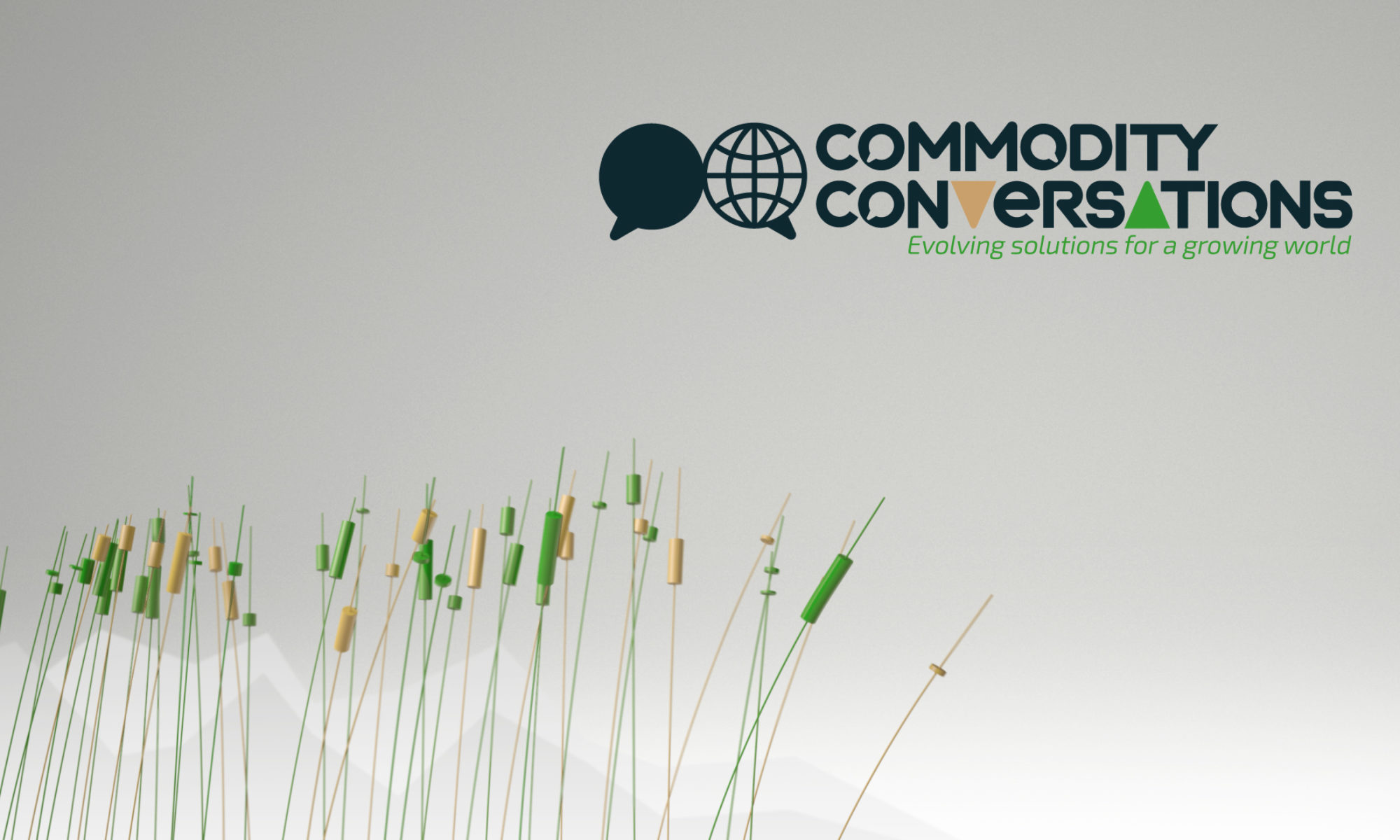Nestle and Unilever both reported strong third-quarter sales this week, helped by a strategy to increase prices, or “premiumisation”, as Nestle calls it. The firms pointed to higher oil prices and a stronger dollar as part of the motivations to increase prices, although Unilever said the move could eventually lead to a slight drop in sales volumes. They both expect overall sales to gain around 3% for the full year. Separately, Unilever dropped a plan to relocate its London HQ to the Netherland after investors opposed the move, although it did not comment on how it now plans to restructure after Brexit.
Nestle was also in the news this week because a federal appeals panel in San Francisco overturned the dismissal of a case brought forward by former child slaves who accused Nestle and Cargill of being complicit in forced labour in cocoa fields in the Ivory Coast. The appeals court said the firms took actions to make sure they would receive cocoa “at a price that would not be obtainable without child slave labour”.
Talking of price, the competitivity of US farmers is being put to the test as the trade war is pushing countries to impose duties on US agricultural products. China, for example, imposed a 70% duty on US pork which is a worrying development as the US National Pork Board says the country is “critical” for the industry to survive. Producers in Spain, Chile and Argentina are all reporting a surge in demand, but some still believe that the US will be able to compete by lowering prices thanks to their high efficiency, large-scale and low feedstock prices.
The situation does not look so promising for dairy producers in New York state who have been dealing with an oversupplied market for years, as demand for milk and Greek yoghurt is seeing a steady decline. Farmers are unlikely to lower production and are pushing to find new markets instead, resulting in a lot of waste. The Dairy Farmers of America cooperative reported that some 65,000mt of milk was dumped on farms in the Northeast as of July this year.
In a hope to remedy the situation, the US Trade Representative office said it will begin new rounds of trade talks with Japan, the EU and the UK, a move an analysis argued was vital for some industries. The US is also eyeing Japan, while the US Grain Council reiterated the importance of new pacts for the agricultural sector.
In Brazil, meanwhile, the head of Cargill said that the country’s biggest agribusiness challenge was the poor logistics infrastructure, adding that the situation was getting worse in part because of the high government-fixed truck rates. However, the National Land Transport Agency conceded that transport fees could be below the official freight table rates if all parties agreed and if it was clearly stated in the contract. The statement was made after they found that a large number of trucks were flouting the rules.
An analysis suggested that ABCD companies would have to spend at least BRL 700 million (USD 190 million) each if they wanted to run their own truck fleets in Brazil, which would end up costing them more than paying the 30% increase in freight rate. Regardless, a big part of the USD 1.4 billion Cargill has invested in Brazil over the last 6 years has been in logistics. On a separate note, the Cargill official said that the company is working on having 50% of its global workforce female by 2030.
Two worrying reports on climate change were published recently, as the International Energy Agency (IEA) said data for the first nine months of the year suggest that global carbon emissions will reach a new record in 2018, while the UN published a report saying that energy consumption needs to change drastically to avoid irreversible damage.
On a brighter note, food firms continue their push to develop cleaner and less polluting food. Applegate Farms, owned by the meat giant Hormel Foods, announced that it was investing in plant-based meat alternatives, while a report estimates that the plant-based market is now worth USD 3.7 billion. Food could also help the environment in another more unusual way: by making cement stronger. The IEA estimates that cement causes 7% of total CO2 emissions, but Britain’s Lancaster University found a way to use carrots to strengthen concrete by 80%, thus reducing the amount of concrete needed. Scottish-based CelluComp mixes in cellulose extracted from carrots, which it could also get from trees or most agricultural waste.
This summary was produced by ECRUU


 Trading on the international futures markets has often been compared to the game of chess. There are so many inputs to consider in futures trading, and so many possible moves, it has even been likened to three-dimensional chess. As in chess, you are never actually trading the various inputs; you are actually trying to second-guess how other market participants–or your opponent–will react to those inputs.
Trading on the international futures markets has often been compared to the game of chess. There are so many inputs to consider in futures trading, and so many possible moves, it has even been likened to three-dimensional chess. As in chess, you are never actually trading the various inputs; you are actually trying to second-guess how other market participants–or your opponent–will react to those inputs.








